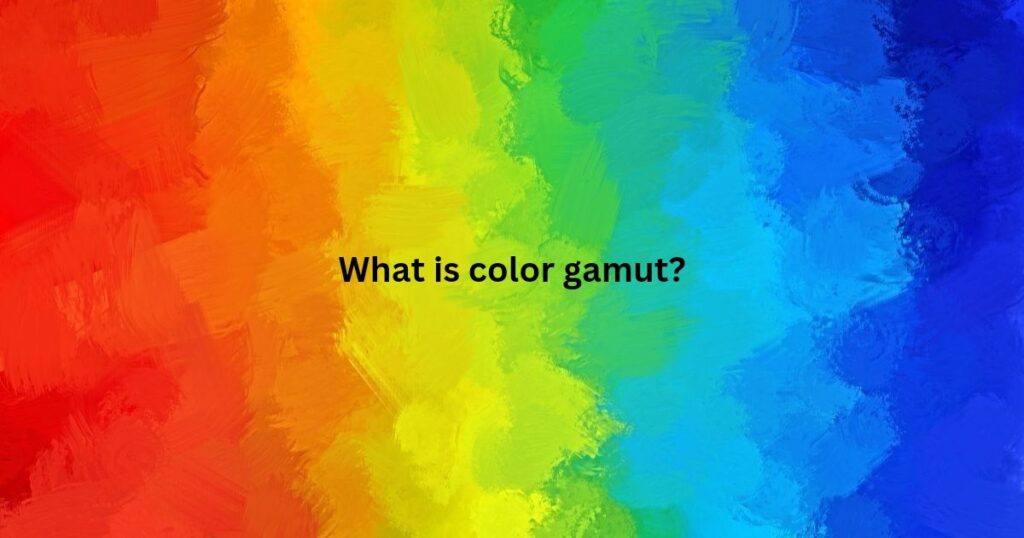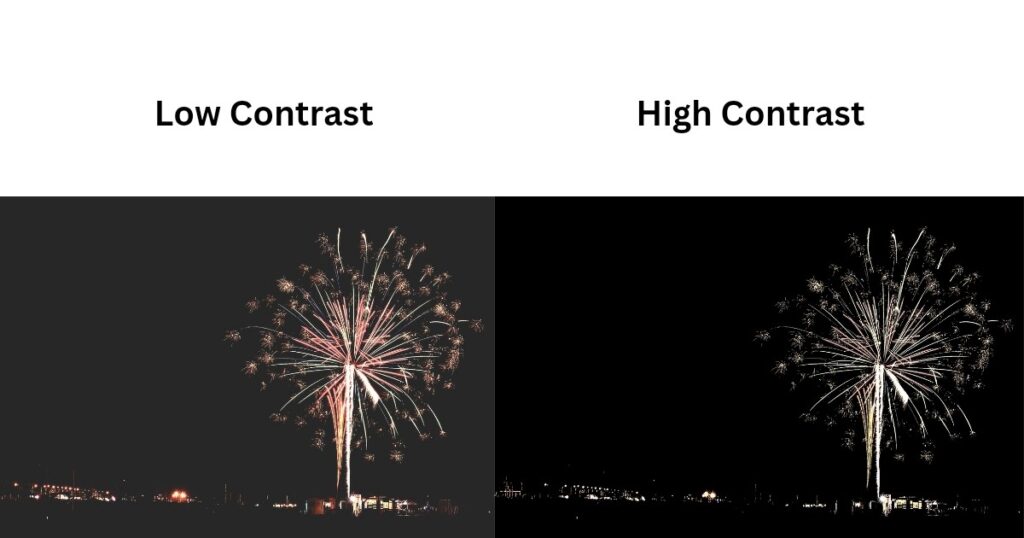WCG, or wide color gamut, is a term often used with HDR. HDR increases the dynamic range of the picture by increasing the contrast and color accuracy. It tries to make the whites even whiter and the blacks darker.
WCG goes a step further towards making the picture more realistic by producing more colors. It makes the ‘reds’ redder, ‘blues’ bluer and ‘greens’ greener. In simple words, it improves the picture quality by displaying more and deeper colors.
What is the need for WCG?
Do you know how many colors can our eyes see? You shouldn’t have imagined that they can see billions of colors.
For instance, take a look at the following picture of a parrot sitting over the branch of a tree. Try to count the number of colors in this picture.

Now, the question is: How many colors your TV can display? If your TV didn’t display those many colors that can be seen through our naked eyes, the picture quality on that TV wouldn’t be as realistic as what our eyes can see.
So, to make the picture appear more realistic, more colors are needed, which can be achieved through a wide color gamut.
What is color gamut?
The word ‘gamut’ means the entire range of something. Similarly, the color gamut of a device refers to the range of colors it can reproduce.

Each device, like a printer, scanner, camera or monitor, is designed to display a certain range of colors.
This range is essentially a certain area of the visible colour spectrum that the device can reproduce at the output, also known as the color gamut of the device.
The color gamut of a TV can be defined as the range of colors it can display. In other words, the total number of colors that can be displayed on a TV screen is called the color gamut of the TV.
The wider the color gamut of a TV, the more colors it can display.
What is color volume?
You must be knowing that the word volume relates to 3-D space. In simple words, color volume means the total amount of color in a 3-D color space. But how is that space created? Let’s explore.
We have only talked about color gamut till now, by which we have referred to the 2-D color space.
We haven’t talked about luminance yet.
Bright red, dark blue, dull yellow, etc., are some of the terms that refer to colors with different brightness levels. A shade of green at 500 nits will look different from the same shade of green at say, 50 nits of brightness.
If we introduce a dimension of brightness or luminance in the color gamut, then we get what is known as color volume. Or, you can simply understand that we are adding an extra dimension to the 2-D color space so that it becomes a 3-D color space or color volume.
Here, the peak brightness plays a very important role. If two TVs have the same color gamut, the one having higher peak brightness will have higher color volume.
What is the significance of color volume?
In a scene, there are many colors present at different brightness levels. A TV with a large color volume can display each color at the specified brightness level to bring out even minute details.
This, in turn brings out the true essence of HDR and the true intention of the content creator.
The TVs having wide color gamut and high peak brightness have the highest color volume. Therefore, they display accurate and vibrant colors resulting in an extraordinary HDR performance.

If you notice the above images closely, the second image has more saturated colors and clearer highlights.
This is because the colors are displayed at the perfect brightness levels and in the accurate shades in each part of the image, be it the sky, the clouds, the mountains, the trees or the road.
This image owes this to its large color volume which makes it more realistic with vibrant and punchy colors.
It is now imperative to buy a TV with a wide color gamut and high peak brightness, consequently a high color volume. In simple words, you should buy a true HDR TV with WCG for the ultimate viewing experience.
Is WCG in TV worth it?
Is WCG necessary to have better picture quality or is it just a marketing gimmick?
Sure, the improvement with WCG may not be as pronounced as it was when HDR was introduced. But still, if you are a keen viewer, you will notice the difference when you compare two TVs, with and without WCG side by side.
In future, content creators may start using a very wide color space to craft content. Then, your TV will need to have a large color gamut like the Rec. 2020 to display the content to the fullest.
Otherwise, you may miss out on a significant color volume carried by the content if your TV has has a smaller color gamut like the sRGB or the Rec. 709.
So, why not make your TV future-proof with more colors?
Read my article on the types of color gamut.
FAQs
Here are some frequently asked questions about the wide color gamut.
1. Which is the best color gamut for gaming?
The best color gamut for gaming and watching movies, as per today’s scenario, is DCI-P3, which has 10-bit color depth and displays deep, saturated and vibrant colors.
2. What is the difference between color gamut and color volume?
Color volume refers to a 3-D color space created by combining a dimension of luminance with a 2-D color gamut.
3. What is the difference between HDR and WCG?
HDR expands the dynamic range of the picture by introducing more contrast and color accuracy while wide color gamut introduces deeper, more vibrant and more number of colors in the picture.
Both HDR and WCG attempt to make the picture quality more realistic.
4. Is it possible to have a wide color gamut without HDR?
Yes, because HDR is related to contrast and the number of luminance levels while wide color gamut is related to the number of colors.
However, WCG without HDR is not that worthwhile because, despite having a good number of colors, they may not be displayed at the required brightness levels and, thus, may not reproduce the same colors that should be displayed for a realistic viewing experience.


